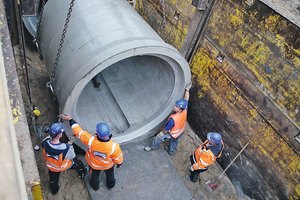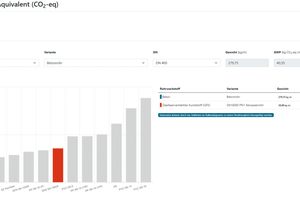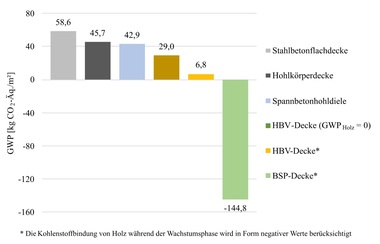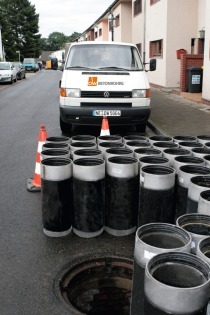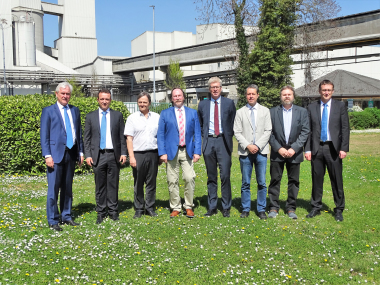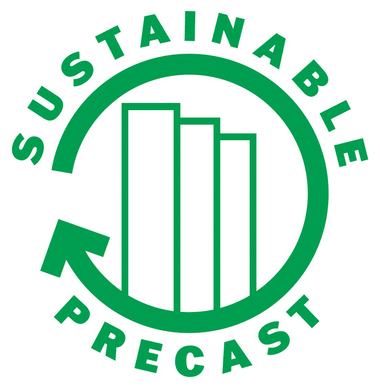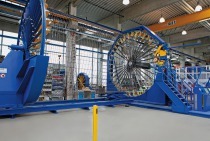Sustainability of modern concrete products used for wastewater infrastructure
Today, it is compulsory that construction projects have to be designed and executed in consideration of sustainability criteria. This requirement has become binding with Directive 2014/24/EU of the European Parliament and the Council for construction projects of the public sector. The directive is implemented by § 16 d EU of VOB/A - EU on a national level.
For the construction of sewers, it is a planning task to define the appropriate type of pipe and/or material for the specific case of application (Fig. 1). RPTU has developed a methodical procedure as well as a Web tool for improving the planning specifications in this regard. This allows an objective comparison of the CO2 emissions of all types of pipes. The tool is based on the EPD of the German Ökobaudat database that is publicly accessible and the specific masses (Fig. 2).
For comparing the CO2 emissions, all calculations make use of the environmental information deriving from the current Ökobaudat. The details required for the calculation of the pipes have been taken from product data sheets of leading manufacturers.
The life cycle modules raw material provision, transport, and production (A1-A3) are exclusively used for the calculation of the GWPtotal. Ökobaudat does not provide information on the modules A4, A5, B1-B5, B6-B7 and C4 if different materials are concerned. As the Ökobaudat database does not provide information on the exact concrete composition and, in particular, on the cement used in the example calculations of concrete pipes, it will be shown as well which effects the selection of the cement (and its mass percentage) will have on the GWP of a concrete pipe.

